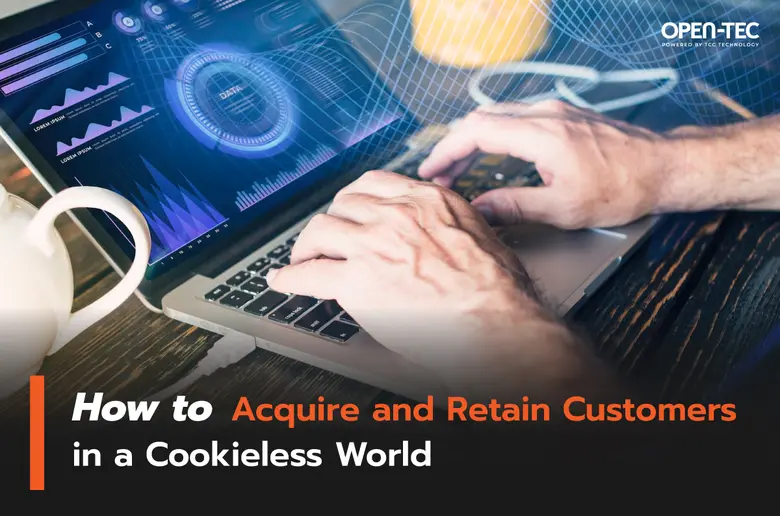Understanding the Impact of a Cookieless Future
Cookies have traditionally been a staple of digital marketing, allowing companies to track user behavior and preferences across websites. They enable personalized ads and targeted marketing based on browsing history, interests, and demographics. However, growing concerns over privacy have led to new regulations such as General Data Protection Regulation (GDPR) in the European Union, along with shifts by major tech companies like Apple and Google to limit the use of third-party cookies.
For instance, Apple's recent iOS updates require user consent for tracking, which has significantly impacted advertisers' ability to track users across sites. Google has also announced its intention to phase out third-party cookies in its Chrome browser. As browsers increasingly restrict cookies, companies are finding new ways to collect data, pivoting to methods that focus on first-party data and user consent.
Embracing First-Party Data and Direct Engagement
Without cookies, companies are turning to first-party data—information directly collected from customers with their consent. This includes data from email subscriptions, customer accounts, loyalty programs, surveys, and website interactions. First-party data not only complies with privacy regulations (PDPA) but also often offers more reliable insights since it is collected directly from customers.
To maximize the value of first-party data, companies can enhance customer relationship strategies. Email marketing remains one of the most effective channels. By segmenting email lists and tailoring content to specific interests or demographics, companies can build stronger customer relationships and drive engagement.
Live chat and interactive customer service options provide additional opportunities to collect insights while enhancing customer experience. These tools allow companies to engage customers directly, capturing valuable data about preferences, common inquiries, and real-time feedback, which can help refine marketing strategies and customer service approaches.
Adapting Content and Engagement Strategies
Social media is a powerful tool for direct customer engagement and first-party data collection. Platforms like Facebook, Instagram, LinkedIn, and TikTok offer companies opportunities to create tailored content that resonates with audience segments via videos, stories and posts. Understanding the demographic and behavioral tendencies of each platform's user base is essential for effective targeting.
Case Studies: Successful Strategies for Cookieless Marketing
Several brands are already finding success by shifting to cookieless marketing methods. For instance, a luxury brand leveraged customer relationship data and segmentation to tailor its messaging across multiple channels. By targeting specific segments like loyal customers, competitive brand users, and prospective buyers, the company saw a significant increase in engagement.
Another successful approach involved a food and beverage brand using geolocation-based advertising to drive traffic to nearby stores. By targeting ads to users within specific high-traffic areas, such as office district, the brand was able to optimize campaigns and increase in-store visits during peak times. This strategy resulted in a notable increase in sales for stores located near the targeted areas, demonstrating the power of location-based targeting without relying on cookies.
Ultimately, the shift toward a cookieless future presents an opportunity for companies to foster stronger, more direct connections with their customers. By embracing these alternatives above, companies can ensure that they not only comply with data-privacy regulations but also build trust and loyalty, paving the way for sustainable success in the digital age.
Source: This article was consolidated by AMCHAM Digital Economy Committee. The Committee co-chairs include Nitin Modi, Director of Deloitte Thailand, Lyn Kok, Founder & CEO of Mula-X and Waleeporn Sayasit , GM of TCC Technology
